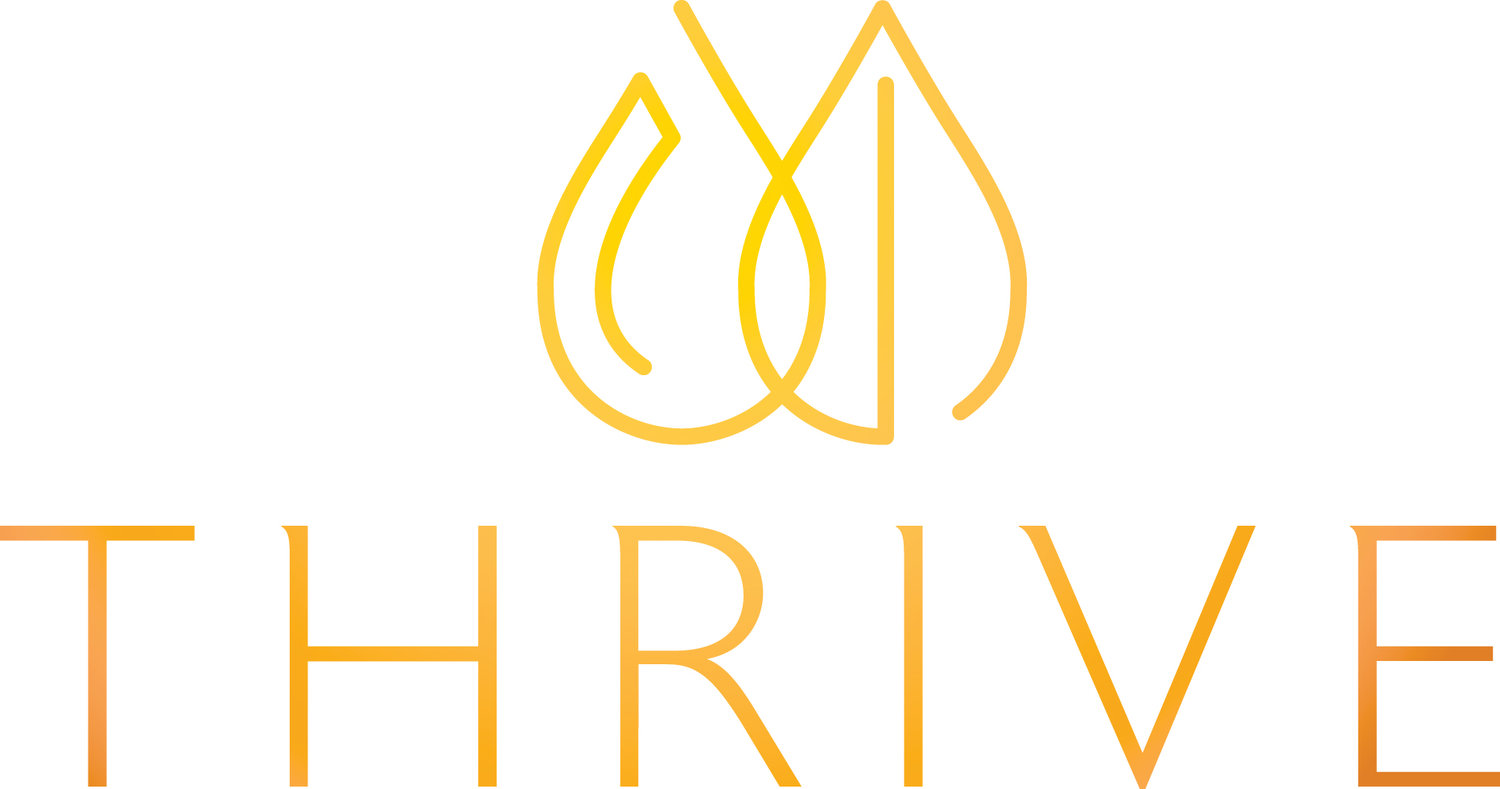Friends,
Are you getting enough protein in your diet?
Protein-forward diets seem to be all the rage these days -- especially if you're trying to incorporate weights & resistance training into your exercise routine as a way of losing inches and fat.
If this is you, then you've likely seen the perfectly muscular physiques of Dr. Gabrielle Lyon, Dr. Stacey Sims & Dr. Stephanie Estima on your insta feed.
All these professionals promote protein intake of at least 90g per day in order to get the results you want at the gym. And 90g is their conversative estimate.
I don't disagree with the theory at all.
We should all be prioritizing protein at breakfast, lunch and dinner.
However, if you're trying to lose weight by focusing on your protein intake as your primary dietary consideration, it is likely you won't get anywhere.
Here's why:
Increased protein intake needs to be balanced with increased fibre.
Otherwise, constipation is in your future and will hold you back from weight loss.
Also, if you're getting your protein from animal sources, then it's important to consider that any extra cholesterol intake has to be trapped (by fibre) and poo'd out. And while increased cholesterol won't keep you from losing weight, it's not exactly a problem you want to have.
Increased protein intake might contribute to existing levels of inflammation, particularly if your urate levels are high.
High urate levels are very common in perimenopausal and menopausal women because of declining estrogen levels. We don't often think about high urate levels because we think of gout as a male illness.
Moreover, many women do not do a metabolic blood panel before embarking on a weight loss or exercise program and so have no idea if their kidneys are already under pressure.
And so, you could inadvertently increase your protein levels and worsen your inflammation levels. In this scenario - you will likely struggle to lose weight.
Increased protein intake by mixing different sources of protein is counter productive.
If you're trying to increase your protein count by taking 3oz cooked chicken breast and adding it to a 2 egg omelet - you are on paper getting 30g of protein. But your body isn't using those 30g.
Chicken and eggs have different protein profiles. The usability of a protein by the body is actually decided by the amino acid which is present in the smallest quantity.
When different protein foods are combined, the usability of this protein is determined by the amino acid whose overall proportion is lowest. Above this level, all other unused amino acids will become waste products in the body - waste that your body needs to detoxify.
Weight loss during perimenopause does not always follow the rules.
I have had many conversations that go along the lines of:
I count my macros & calories. I do weight training. And I'm still not seeing results.
If you identify with this train of thought, you are not alone.
Sometimes, there is a hormonal or inflammatory reason at play.
Metabolic Balance designs a personalized nutrition plan that couples the value of protein intake with the metabolic needs of your body, including the need to address inflammation & balance your hormones as core to your weight loss plan.
That's why it's so effective.
My clients typically need to lose an average of 20lbs. Sometimes more, sometimes less.
Typically, they reach their weight loss goals in 4 months.
Each case is different. Each person has different protein requirements that vary in terms of source and quantity.
Each one of us is unique, with a unique lived experience, unique stressors and needs.
Sometimes, we need to personalize the cookie-cutter rules -- and THAT'S OKAY.
Book in your free 15min discovery call with me and let's assess your unique needs together.
Much love,
Cristina







